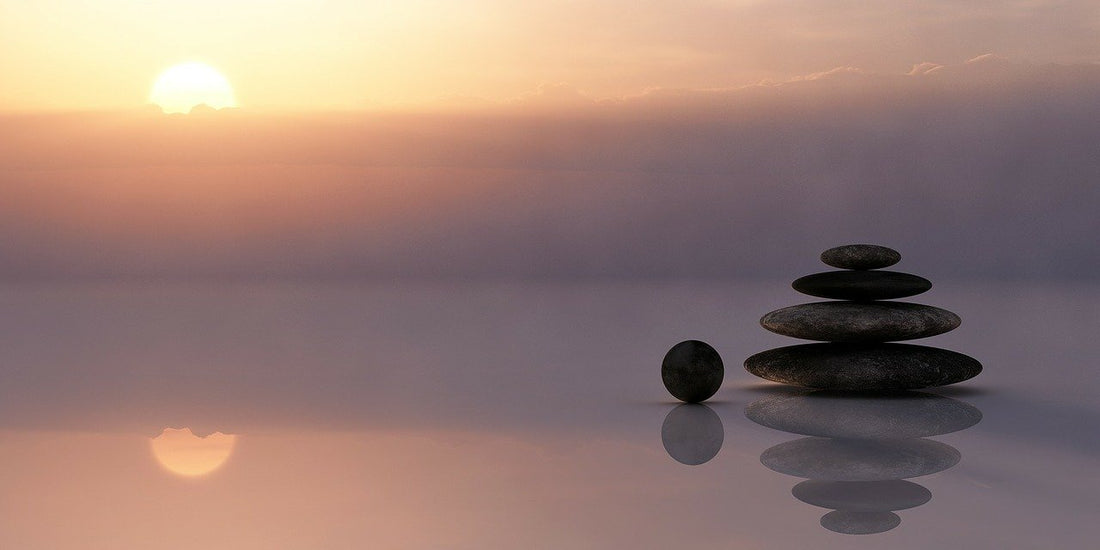It’s that time of year…
when we start thinking about what we want to improve, what challenge we want to take on—maybe we want to lose weight, or learn the guitar, or run a half-marathon. Evidence would suggest that New Year’s resolutions tend not to really change our behavior, at least not for long. But that impulse can be powerful. It can be inspiring.
We tend to apply this same mind to practice—we resolve to sit every day, or to sit more in community, or to finally attend that big retreat. I get it; I’ve made those resolutions myself. But as we enter the new year, I want to offer this piece of advice: don’t do it.
When we take up practice as a resolution, we make practice an object, something out there to be mastered or manipulated or held just right. We all do this. We all, to some degree, imagine that practice is something that involves levels, or grades, or ranks, or tests, or hurdles, or graduation—or failure. It’s a hard idea to move past. But we need to.
One of my teachers was fond of speaking of tables. When you put down your keys or your groceries or a stack of books on a table, what does it do? Does it push upward, grunting, meeting this new weight with all of its power? No. It just stays still. It stays stable. If there’s no weight on it, it’s ready; if there is weight on it, it receives that weight, immovable. It doesn’t go looking for its function—it is its function. And it doesn’t ask for thanks. This, according to my teacher, is what it looks like to practice.
When things get busy or stressful, when everything around us is in motion or has the feeling of chaos, it’s our nature to jump in. We participate in the noise—we grab at what we think we can control, we dodge what we think we need to avoid. From the inside, it looks like doing our best. But from the outside, that chasing and grasping and ducking looks indistinguishable from the chaos. We just become a part of it.
(Photo by Samuel F Johanns on Pixabay)
This year, when things start moving all around you and you feel that urge to move with it, stay still. Get solid, like a table. A table can hold what it can hold—and if it’s stable enough, it can hold almost anything. It doesn’t need to search for something to hold, and it doesn’t need to strain. It just needs to be available. And reliable. It needs not to move.
You know this feeling. Dogen, the founder of Soto Zen in Japan, called it “resolute stability.” You’ve felt it in meditation—it’s a stillness of the body first, which becomes a stillness of the mind. Maybe you’ve felt it looking out across the ocean, or watching a sunset. When we make practice into a project, we can forget the foundation. Resolute stability isn’t over there, and it isn’t something we cultivate. It’s something we remember, and when we do, we feel our toes grip the earth, our breath slowing a little, our eyes relaxing their gaze. It’s right here.
We all need that person, the one who, in the midst of chaos, is rooted to the ground, the one we can hold on to in the storm, the one who will be there when we come back because they’re always home. The one who doesn’t fight gravity. We need that person, so we become that person for others. Who else will do it?
(Photo by Benjamin Balazs on Pixabay)
Author: Koun Franz
Koun Franz is a Montana-born Soto Zen priest who trained, taught, and translated in traditional monasteries in Japan. He is the guiding teacher of Zen Nova Scotia; his talks can be found on the ZNS Podcast.



